Embarking on a long-distance move requires meticulous planning and effective packing strategies for moving. This comprehensive guide offers expert advice to simplify your cross-country relocation. From selecting the right supplies to organizing your belongings, we’ll walk you through the best way to pack for the big move, ensuring your items arrive safely at your new home.
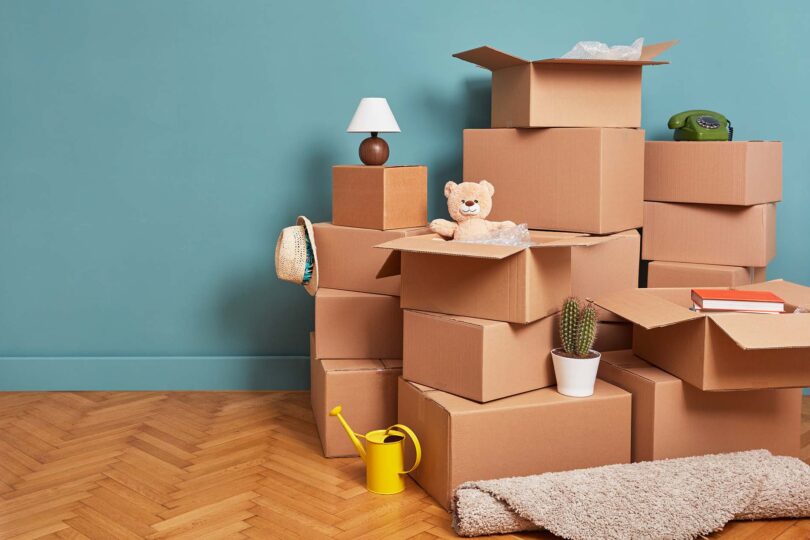

Getting all of your things organized is one of the most stressful parts of moving to a new state. According to the LA Times, the average American home has 300,000 things in it right now. If you want to ensure every item is securely packed and ready to be transported safely, you already know that is easier said than done.
The best way to pack for moving begins with a clear and organized plan. A strategic approach not only simplifies the whole process but ensures that every item is accounted for, from the smallest kitchen utensil to the largest piece of furniture. So, once you find and book reliable long-distance moving services, start planning the wrapping process.
If you’re not sure how to pack for a move, the first step is creating an inventory of your belongings. Categorize items by room, importance, and fragility. If you don’t get professional packing services, this organized approach aids in determining the necessary quantity of wrapping supplies and allows for strategic home packing.
Use this inventory as a relocation checklist throughout the process, ensuring nothing is overlooked. Packing ideas for moving often highlights the importance of decluttering. This is the perfect opportunity to put this task on your to-do list and decide what to keep, donate, or discard.
Creating a timeline is crucial for organized relocation planning. In fact, it’s one of the key things to do before the professional cross-country movers come and start loading your stuff onto the truck. The best way is to start with non-essential items and rooms that are less frequently used.
One of the most useful packing tips for moving suggests allocating more time to areas with delicates. Aim for a room-by-room packing guide, breaking down the process into manageable tasks. This methodical approach prevents the overwhelming feeling often associated with wrapping up for a long-distance relocation.

One of the tips for packing for a move and making it successful and stress-free is to get quality and different wrapping supplies. Must-have materials include sturdy boxes of various sizes, heavy-duty tape, and ample protective supplies like packing paper, peanuts, and bubble wrap.
These materials are indispensable for keeping your belongings safe and secure during the long haul. So, the foundation of efficient packing methods includes all kinds of wrapping and protective packing supplies.
High-quality materials reduce the risk of damage to your items, making unpacking in your new home a smoother process. Investing in the right materials is investing in the safety of your possessions.
Small boxes are ideal for heavy or fragile items, reducing the risk of damage. Larger boxes suit lighter but bulkier things. Wardrobe boxes simplify wrapping clothes and even keep them from wrinkling. Remember, the right box not only protects your belongings but also maximizes space in the moving truck.
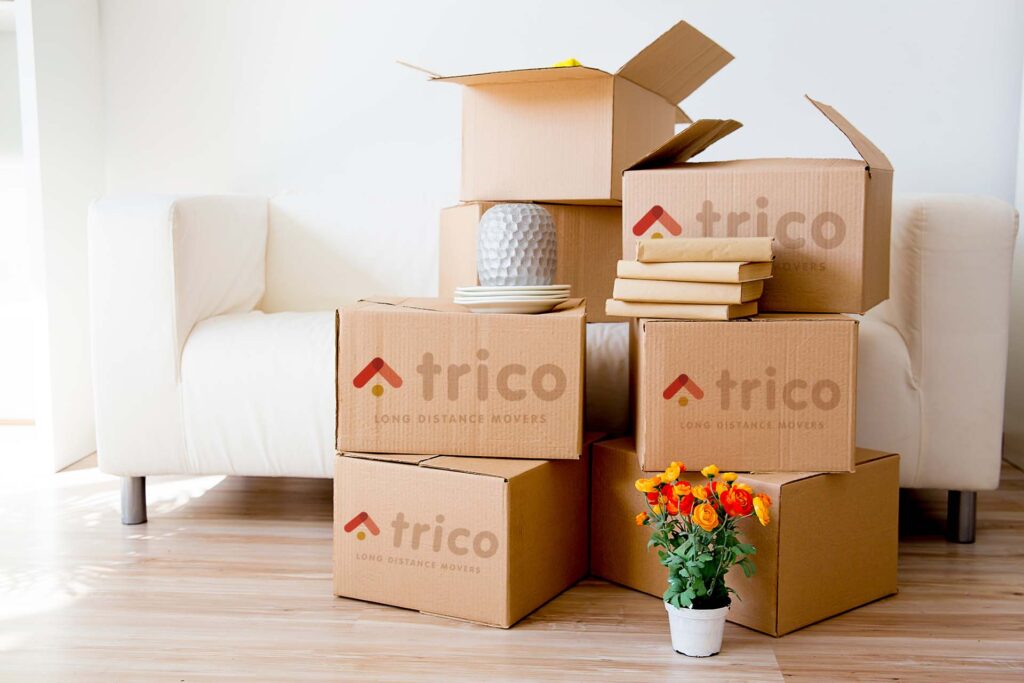
Tackling your home room by room is a strategic approach that simplifies the whole process and ensures no item is left behind. This methodical technique allows you to focus on one area at a time, reducing the feeling of being overwhelmed and avoiding the relocation stress.
By concentrating on one space, you can apply specific strategies tailored to the belongings in that room, ensuring everything is packed securely and logically. This room-by-room strategy also makes the unpacking process easier. The boxes can be directed to the appropriate rooms in your new home, saving time and effort during the unpacking phase.
Wrapping up the kitchen presents unique challenges, from small appliances to fragile glassware. Start by protecting rarely-used items. Use original boxes for appliances when possible, leveraging protective supplies for others. Wrap dishes individually and stack them vertically in boxes for added protection.
Let Trico Long Distance Movers handle the heavy lifting, especially for those bulkier objects. Trust us to transport your large appliances and furniture safely, ensuring everything arrives at your new home in perfect condition.
For living areas and bedrooms, focus on decluttering the things you don’t want to pack and preparing personal belongings and clothing. Utilize space-saving packing tips, such as rolling clothes and using vacuum bags. Pack books and decor in smaller boxes to manage the weight. This room-by-room approach aids in keeping track of items, facilitating unpacking in your new home.

Wrapping fragile and valuable items demands extra care and attention. These belongings are often irreplaceable and require special techniques to ensure they arrive at your new home unscathed. Utilizing bubble wrap, paper, and sturdy boxes, each item should be wrapped individually and placed in boxes with care.
Fragile items should never be overloaded in a box, and spaces between them should be filled with padding to prevent movement. Properly protecting these belongings will protect them from the rigors of transport and give you peace of mind.
Electronics and artwork require a special approach to prevent damage. Use original boxes for electronics or boxes with sufficient padding. For artwork, bubble wrap and mirror boxes offer sufficient protection. Always label these boxes as fragile to ensure careful handling by long-distance movers.
To safely pack fragile items like glassware and china, wrap each piece individually in bubble wrap or packaging paper. Use divided boxes to keep items separated, filling any gaps with additional padding to prevent movement. Seal and label the box as “Fragile” to ensure careful handling. This method significantly reduces the risk of damage during transport, securing your valuables for their journey to your new home.
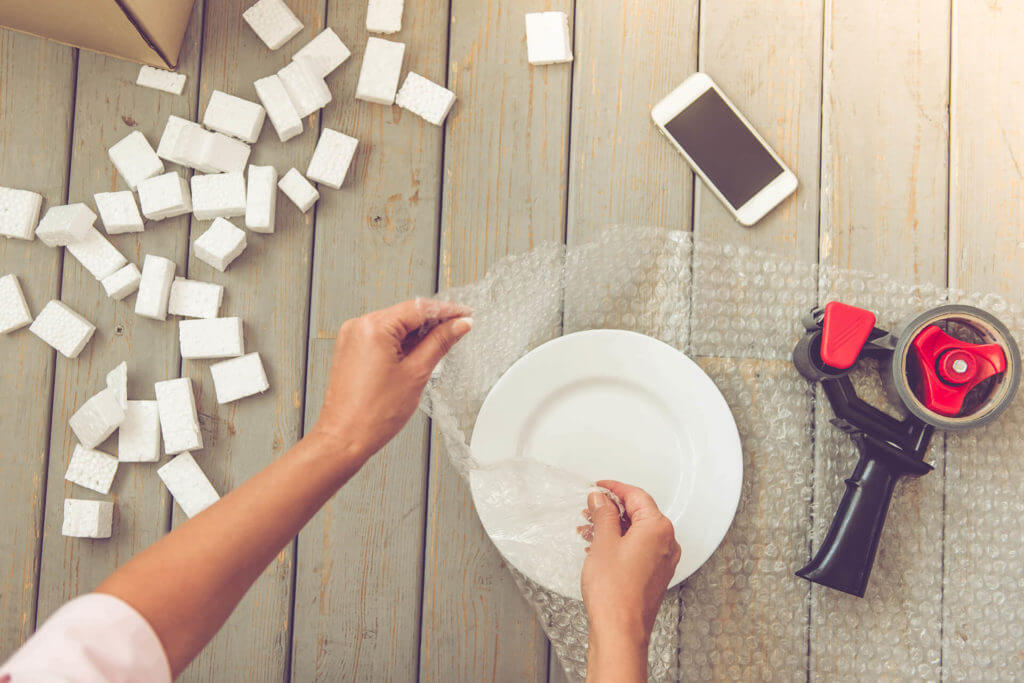
Efficiency in wrapping up your stuff not only involves protecting your belongings but also maximizing the available space and maintaining organization. Creative strategies, such as using clothing to wrap fragile objects or nesting items within each other, can save significant space. You can also use suitcases for heavy books or tools. These space-saving tips help utilize every inch of box and suitcase space efficiently.
Labeling each box with its contents and destination room is crucial for maintaining organization. This level of detail helps both during the move and when unpacking, ensuring a smoother transition to your new home. Keep an inventory list to track all packed items, ensuring nothing is lost or misplaced during the move.
However, even if you streamline your move with detailed box labeling, you might have some stuff left that you just don’t know what to do with, right? Don’t worry! Trico Long Distance Movers’ expert services have you covered. We’ll not only manage your move efficiently but also offer 30 days of free storage, ensuring your belongings are safe and organized. Once you’re ready to pick them up, you can rest assured that all of your belongings are in top-notch condition.
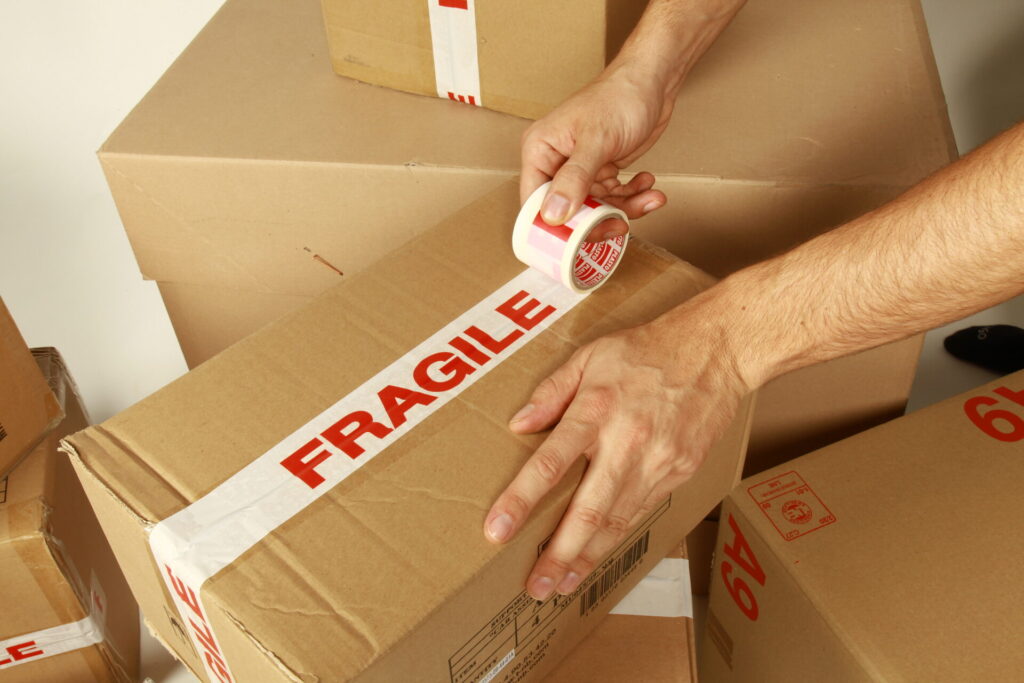
The days leading up to moving day are critical for ensuring everything is in order. Final packing checks should be conducted to guarantee no items are missed, and an essentials box should be prepared, containing things you’ll need immediately upon arrival.
This box is your lifeline for the first few days, containing essentials like toiletries, snacks, and basic tools. Additionally, organizing your boxes for efficient loading can significantly streamline the entire process, making it easier for movers to load and unload your belongings. These final preparations are key to a smooth and successful moving day.
Perform final checks to ensure everything is packed. Prepare an essentials box with items you’ll need immediately upon arrival, like a change of clothes, toiletries, and basic tools. This box should be clearly labeled and loaded last.
Choosing the right long-distance moving company is crucial for a stress-free move, and organizing your packing is key to facilitating their work. It’s best to follow a well-working strategy and organize packed boxes by weight and size. Group the packages according to their room of origin. This will streamline the loading and unloading process and help your long-distance movers optimize space in the vehicle.
This careful organization ensures the safe transport of your belongings, making it easier for movers to manage and protect your items throughout the journey. Selecting a company experienced in cross-country moving and meticulously organizing the boxing-up process are essential steps toward a successful relocation.
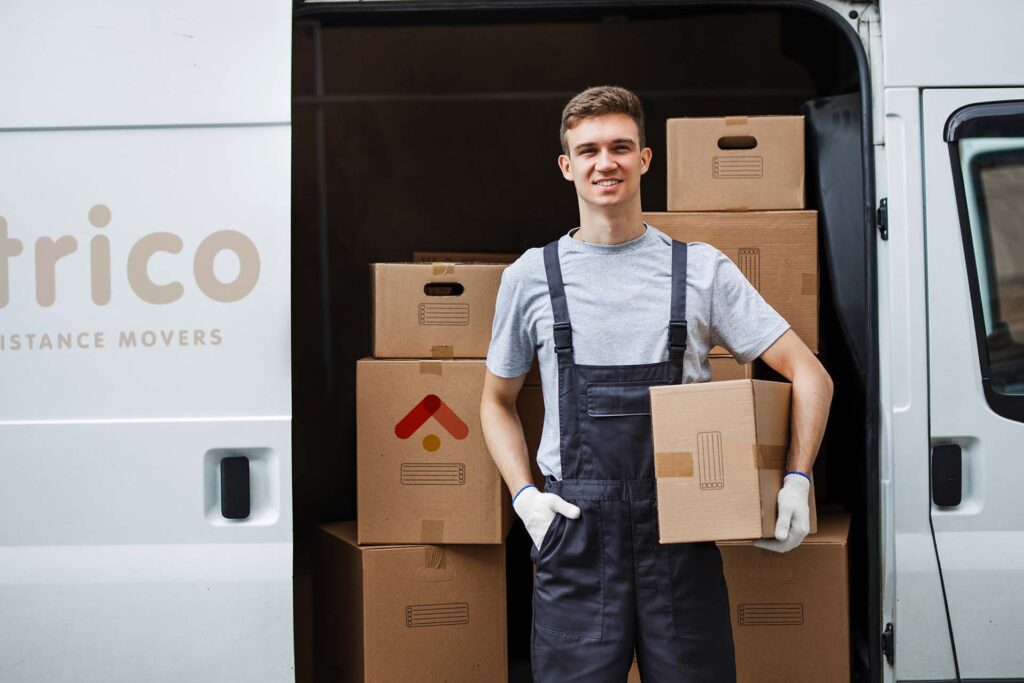
Moving across the country requires thorough planning, from strategic home packing to selecting the right long-distance moving company. Experts from Trico Long Distance Movers bring efficiency, reliability, and peace of mind to what can otherwise be an overwhelming process.
Remember, the key to a stress-free move is preparation, allowing you to focus on the excitement of starting a new chapter. This being said, if you need any assistance with your relocation, contact us right away and have a top-notch experience.
Pack items you use infrequently first, such as off-season clothing, books, and decorative pieces. Starting with less essential items allows you to gradually progress towards more daily necessities as moving day approaches.
Protect fragile items by wrapping them individually in bubble wrap or packaging paper, using sturdy boxes, and filling any gaps with foam peanuts or crumpled paper. Label boxes as “Fragile” to ensure careful handling.
Avoid packing hazardous materials (paints, chemicals), perishable foods, and important personal documents in boxes. These items should be moved separately or disposed of safely before the move.
Label boxes with both the contents and the destination room. Consider using different colored markers or stickers for each room to make the unloading process faster and more organized.
The number of boxes you’ll need depends on the size of your place and how densely furnished it is. On average, a one-bedroom apartment might require 20-40 boxes, while a three-bedroom house could need 80-100 boxes.